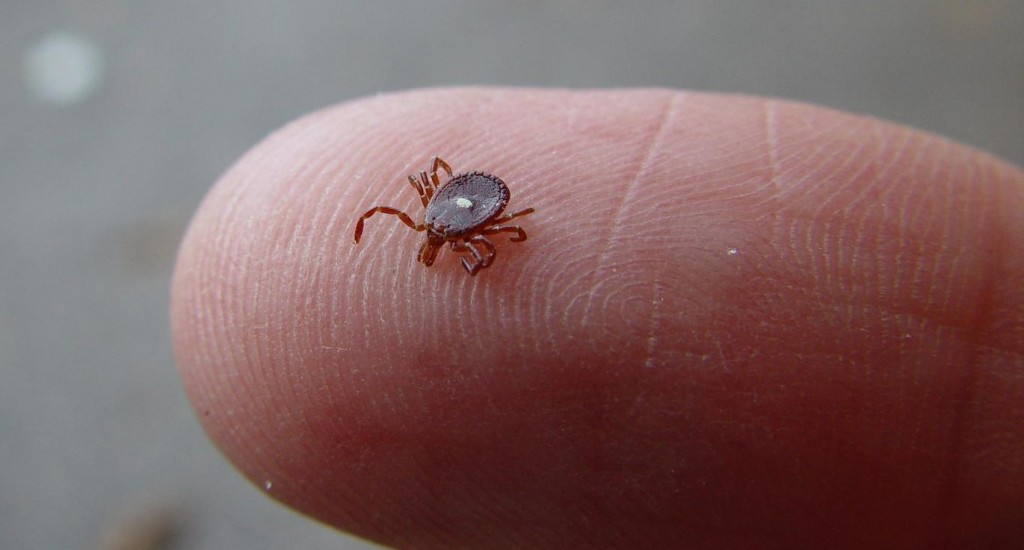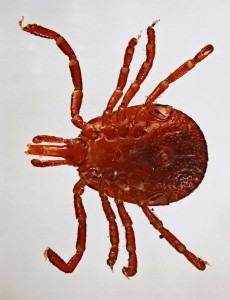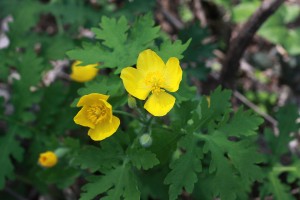Rich Biodiversity Helps Keep You Healthy
What’s biodiversity done for you, lately? Oh dear, dear reader, you’re probably thinking:
Yeah, yeah, another plea to keep the Amazon rainforests where that dumb butterfly bats a wing that creates an ice storm over my house (for sure!) or another preachment about wetlands filtering drinking water when I know that it’s full of good chemicals and just comes out of the faucet at the turn of handle…yeah, YAWN….
Let’s turn that question on its head: What’s a lack of biodiversity going to do TO you?
It can make you sick.
Consider our bluff lands woods areas that are choked with bush honeysuckle: a monoculture of exotic invasive plants that is the opposite of a biologically diverse system. The honeysuckle monoculture isn’t attractive to and can’t support a lot of wildlife, in effect creating another monoculture of very few animals. Honeysuckle thickets are the preferred habitat of white-tailed deer and of white-footed mice. The deer find good bedding and hiding sites in the honeysuckle, while the mice thrive in this larder stocked with roots, berries, vegetation and small insects, even as the dense honeysuckle growth also offers complete and safe cover from predators like owls, hawks and snakes. Honeysuckle thickets also are home to ticks.
Blood is a tick’s only food source and at each life stage – larva, nymph, and adult – a tick searches for, attaches to and draws sustenance from available hosts: birds, reptiles, or mammals. In a diverse community of wildlife, a tick is as likely to take a blood meal from a turtle or a turkey as it is from a deer or a mouse.
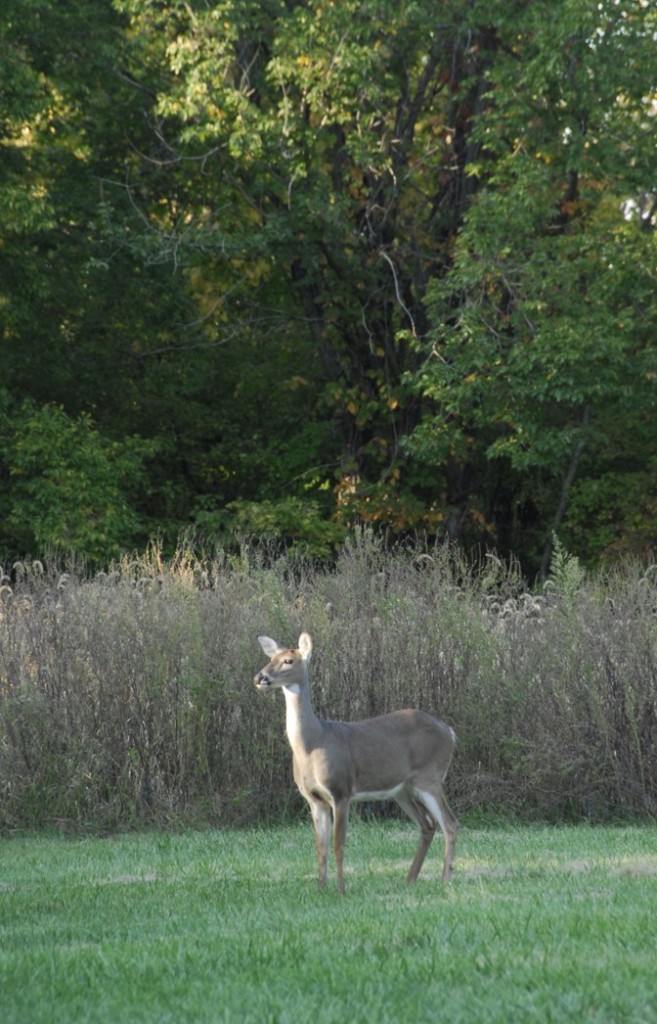
White-tail deer shelter in honeysuckle thickets. Photo courtesy Tom Rollins, ThomasRollinsPhotography.com.
In a honeysuckle monoculture a tick is most likely to find its food – and some bacteria floating in the blood — by attaching to a white-tailed deer or a white-footed mouse. Because those two animals are quite likely to have served as tick hosts on multiple prior occasions, the probability is high that they carry bacteria for one or more infectious diseases received through an earlier bite. What other species spend time in and around honeysuckle thickets? Our own. Our dogs. Our cats. Our horses. We might provide that now disease-carrying tick’s next meal.
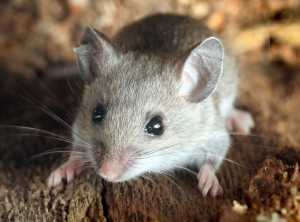
Mice also have save shelter in honeysuckle tangles. Photo courtesy David Cappaert, Michigan State University, Bugwood.org
Any single deer or mouse isn’t necessarily a carrier of infectious disease. But the sheer numbers of the deer and mice populations – especially when they live out their lives in a wildlife monoculture largely composed of their own species – increases the probabilities that they will serve as vectors, or carriers, of illness. In much of the U.S. up to 80% of white-footed mice carry the bacteria that causes Lyme disease. As they take their meals, ticks then transmit disease from animal to animal, increasing the overall numbers of mice and deer that carry bacteria and, in turn, pass forward bacteria to new generations of ticks. The presence of limited species creates a straightforward roadway to disease transmission.
Change the monoculture and the pathway to disease transmission becomes forked, twisted, and much less open. Instead of a single species honeysuckle thicket understory in the woods, along roadways, backyards, streams, and fence lines, a multi-species composition of young trees, native shrubs, wildflowers, grass, ferns and moss, can support and host lots of different animals: opossums, turtles, rabbits, lizards, blue jays, cardinals, mourning doves, frogs, quail, and a snake or two or a hawk or an owl. Ticks still take blood meals, but they must draw from a much wider assemblage of critters.
Greater diversity of wildlife adds a number of buffering factors that help stem disease transmission. Ticks, in all life stages, are among the many “bug bites” that parent birds harvest to stuff into the eager beaks of their nestlings. The presence of hawks, owls, and snakes means that the population of mice is kept in close check by predators that are able to navigate in an open woodland rather than shut out by an area choked with bush honeysuckle. Some wildlife species, including opossums, lizards, and raccoons are poor carriers of the bacteria species that carry diseases that make us sick. A tick that takes a meal from any one of these animals is likely to escape picking up Lyme disease causing bacteria and, even if that tick already carries those bacteria, it is likely that the animal’s own body will block the disease-causing bacteria. Even diversity among ticks provides degrees of protection. The Centers for Disease Control reports that most common species of tick in our area, the Lone star tick (Ambylomma americanum), has an enzyme in its saliva that destroys the bacterium that causes Lyme disease. But don’t cheer too heartily for Lone star ticks as this species is known to transmit several types of Ehrlichiois. A diverse set of wildlife depends upon a lush, rich habitat largely composed of native plant species. Together, they sustain us by providing a regular, healthy dose of diversity.
So, what’s biodiversity done for you, lately? It has kept you healthy.
And that wetland protecting your groundwater supply? That’s up to both geological and biological forces – and it works to protect all of us. That butterfly wafting its wings in the Amazon rainforest? Well, maybe…
Learn more about tick-borne diseases and the role of healthy natural areas as buffers against illness during a seminar from 1 to 3 pm on Saturday April 6th at the Monroe County Annex, 901 Illinois St., Waterloo. Dr. Michael Kirk, MD, Progressive Family Care, Waterloo, and Dr. Brian Allan, PhD, University of Illinois-Urbana are the presenters and discussants for this program. The seminar is co-hosted by the Monroe County Health Department and Clifftop and is part of the on-going seminar series “Meet the Neighbors,” presented by Clifftop and the Monroe-St. Clair-Madison County Unit, University of Illinois Extension Service. Pre-registration is required by April 4th and may be done by email to Clifftop@htc.net or by ‘phone, 618-458-4674.
To experience lush natural biodiversity here in our bluff lands, come along on the spring wildflower walk from 9 am to noon on Saturday April 13th at Valmeyer’s Salt Lick Point Land and Water Reserve. Walk the flat and easy Johnson Trail to view stunning spring wildflowers and learn about this healthy – and beautiful – ecosystem during this interpretive hike. Co-sponsored by the Salt Lick Point Stewardship Committee, the Illinois Nature Preserves Commission, Kaskaskia Valley Audubon Society, and Clifftop, the hike is free and open to the public. Pre-registration is not required. Meet at the Salt Lick Point trailhead near Bluff Road. Driving directions to and a trail map for Salt Lick Point LWR are available on Clifftop’s web site.
CLIFFTOP, a local nonprofit organization, is focused on preserving and protecting area bluff lands.
A version of this article appeared in the 15 March 2013 edition of the Monroe County Independent.
© 2013 all content rights reserved, Clifftop NFP
Comments are currently closed.

